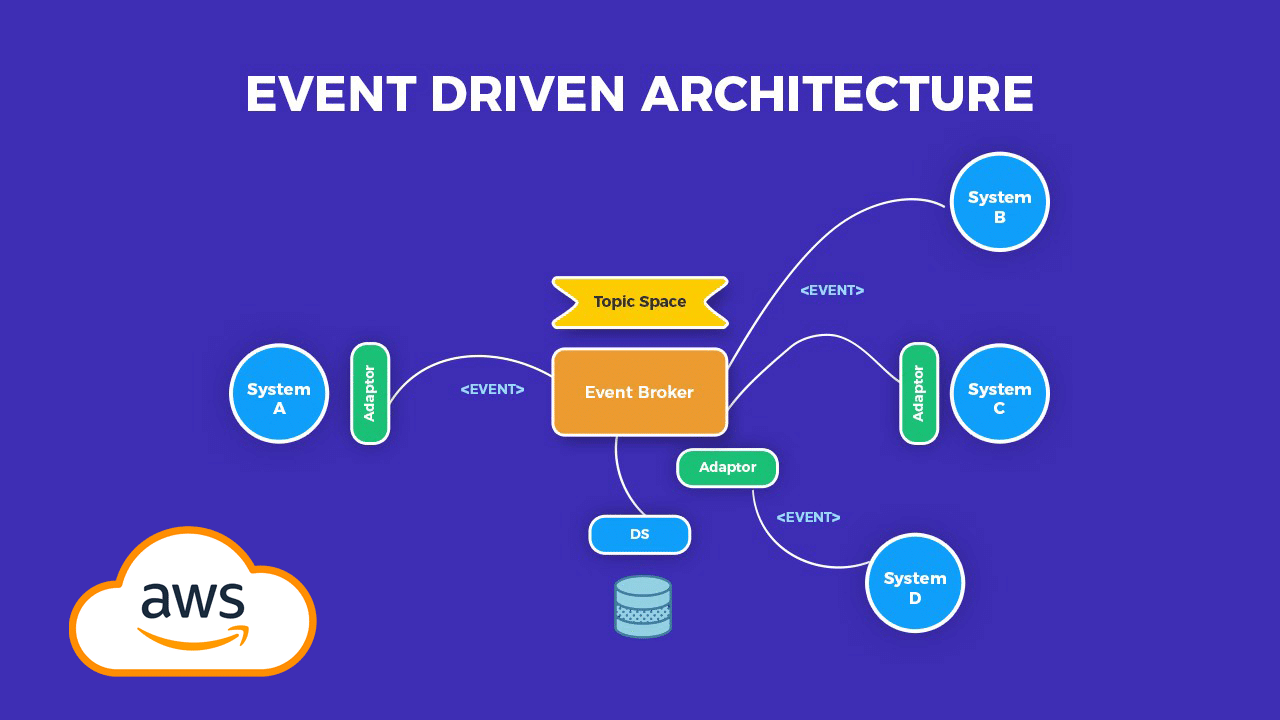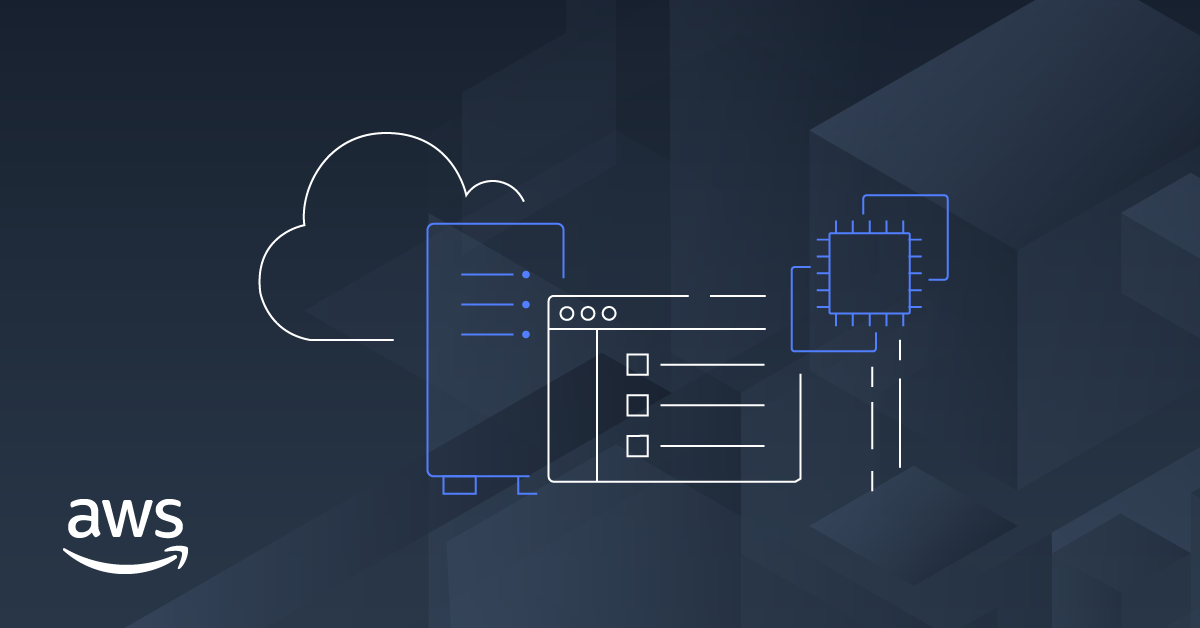26 Mar

Introduction
Event-driven architecture is a software architecture pattern gaining popularity for building scalable and flexible applications. With the rise of microservices and serverless computing, event-driven architecture has become an essential tool for building modern applications. In this article, we will discuss event-driven architecture in AWS and how you can leverage AWS services to build event-driven applications.
What is Event-Driven Architecture?
Event-driven architecture is a software design pattern where events trigger the execution of one or more actions. These events can be anything from a user clicking a button to a data record being updated. The actions triggered by these events can be complex workflows, simple tasks, or anything in between.
In an event-driven architecture, the application is broken down into smaller, more manageable pieces that can communicate with each other through events. These pieces are typically called microservices, and they are responsible for performing specific tasks within the application. The use of microservices allows the application to be more modular and flexible, making it easier to scale and maintain over time.
Pros of Event-Driven Architecture:
- Scalability: Event-driven architecture is highly scalable since it is designed to handle many events and microservices. As the number of events and microservices grows, the architecture can be easily scaled horizontally by adding more resources.
- Flexibility: Event-driven architecture allows for a flexible system since microservices can be added or removed without affecting the overall system. It also allows each microservice to be developed and deployed independently, leading to faster development cycles and more frequent updates.
- Decoupling: Event-driven architecture decouples the various components of an application, making it easier to maintain and update. Each microservice is responsible for a specific task, and communication between microservices is done through events, which makes the system more resilient and fault-tolerant.
- Reactive: Event-driven architecture is reactive since it responds to events as they occur. This allows for real-time processing of events, which can be especially useful in applications where speed and responsiveness are critical.
Cons of Event-Driven Architecture:
- Complexity: Event-driven architecture can be complex to design and implement, especially in large systems with multiple microservices. Developers need to carefully design the event flow and ensure that events are being processed in the correct order.
- Debugging: Debugging can be challenging in event-driven architecture since events can be triggered from multiple sources, and it can be difficult to trace the flow of events through the system.
- Testing: Testing can also be challenging in event-driven architecture since it is not always easy to simulate real-world events. Developers need to create test scenarios that cover all possible event combinations, which can be time-consuming.
- Event processing latency: Event-driven architecture introduces latency since events need to be processed before triggering the next action. This can lead to slower response times and may not be suitable for applications where speed is critical.
Event-Driven Architecture Example
Imagine you have an e-commerce website where customers can place orders for products. When a customer orders, an event is triggered in the system. This event could be sent to an event bus, such as Amazon EventBridge, which can then trigger multiple microservices to perform different actions.
For example, one microservice could handle payment processing, another could handle shipping and fulfillment, and a third could handle inventory management. These microservices can be designed to communicate with other services via events, allowing for a decoupled, scalable architecture.
If the payment processing microservice successfully processes the payment, it can send an event to trigger the shipping and fulfillment microservice to package and ship the order. Similarly, suppose the inventory management microservice detects a product being out of stock. In that case, it can send an event to the marketing team to update the website to reflect that the product is temporarily unavailable.
This event-driven architecture allows for a more flexible and scalable system, where microservices can be added or removed as needed without disrupting the overall system. It also allows for each microservice to be developed and deployed independently, leading to faster development cycles and more frequent updates.
AWS Services for Event-Driven Architecture
AWS offers various services that can be used to build event-driven applications. Here are some of the most commonly used services:
- Amazon SNS (Simple Notification Service) – Amazon SNS is a fully managed pub/sub messaging service that allows applications to send messages to multiple recipients or subscribers. It can be used to send messages between microservices or to trigger other AWS services.
- Amazon SQS (Simple Queue Service) – Amazon SQS is a fully managed message queue service that enables the decoupling and scalability of microservices. It provides reliable, highly scalable, distributed message queues that enable decoupling and asynchronous communication between microservices, distributed systems, and serverless applications.
- AWS Lambda – AWS Lambda is a serverless computing service that allows you to run code without provisioning or managing servers. It can be used to create functions that respond to events triggered by other AWS services or custom events.
- Amazon EventBridge – Amazon EventBridge is a serverless event bus that makes it easy to build event-driven applications at scale. It can be used to route events between AWS services or custom applications, and it can also be used to create complex event-driven workflows.
- Amazon Kinesis – Amazon Kinesis is a fully managed streaming data service that makes it easy to collect, process, and analyze real-time streaming data. It can collect and process data from various sources, including social media, feeds, application logs, and IoT devices.
Conclusion
Event-driven architecture is a powerful pattern for building modern, scalable, and flexible applications. AWS provides a variety of services that can be used to build event-driven applications, including Amazon SNS, Amazon SQS, AWS Lambda, Amazon EventBridge, and Amazon Kinesis. By leveraging these services, you can create event-driven applications that are easy to scale, maintain, and evolve over time.



